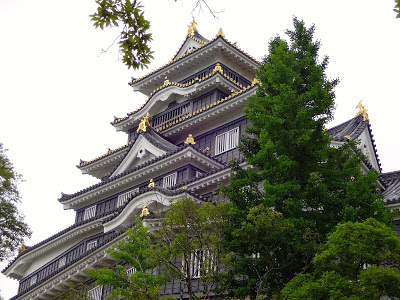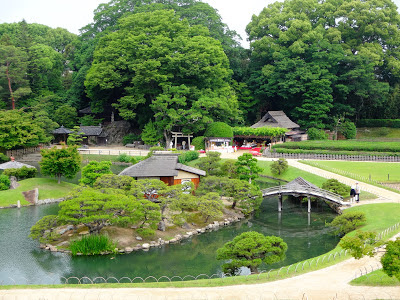The main part of the city is closed off to traffic during the day and early evening allowing tourists to admire the beautiful old buildings that line the narrow streets and laneways. Many of the houses and shops are painted in a mustard colour and shutters on the windows in bright red and blue. The old town is dotted with beautiful silk lanterns that are lit up at night and many of the shops sell them as souvenirs.
We spent about five hours wandering around Hoi An and would certainly go back for the charm of the town and also the wonderful Vietnamese food.
 |
Laneway in the oldtown |
 |
One of the many Bougainvillea covered shops |
 |
Lanterns out the front of a shop |
 |
One of the many tailor shops in Hoi An |
 |
Children in the street |
 |
One of the many lantern shops |
 |
Temple |
 |
Flower seller at the market |
 |
Lively street in Hoi An |
 |
Bright shutters were on most buildings |
 |
Plaque reminding people that no cars or motorbikes are allowed |
 |
The lanterns at dusk |
 |
Entrance to a temple |
 |
Shops along the waterfront |
 |
A wedding couple |
 |
One of the many locations they chose for the wedding photos |
 |
Detail on a lantern |
 |
Decorations on the bridge across the river |
































